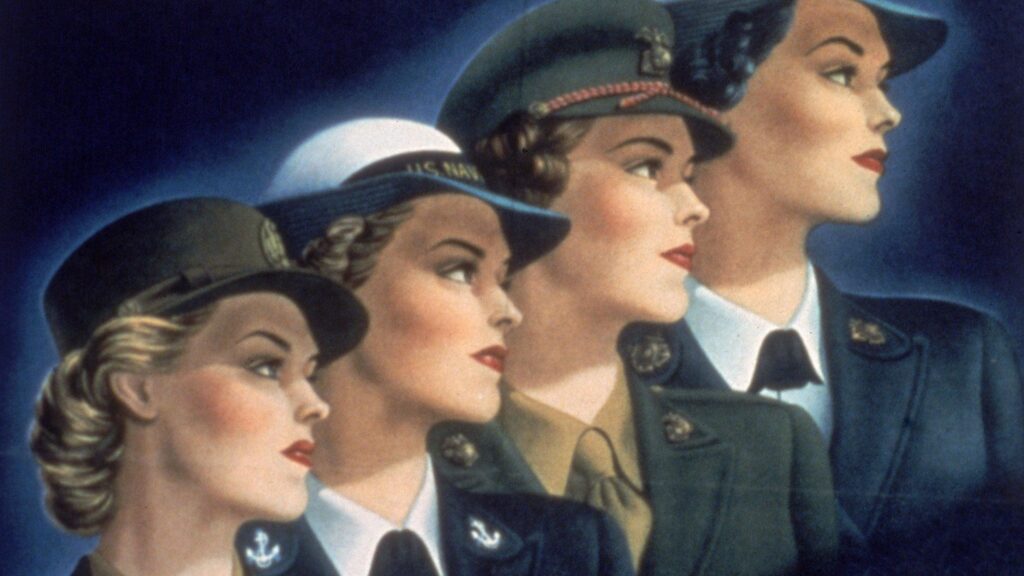Imagine a world where female teens are not represented in the military – a world where their voices are unheard and their abilities underestimated. This reality is reflected in recent Pentagon surveys which reveal a troubling trend: young women in the United States do not see themselves as part of the armed forces. But why is this the case? Let’s delve into the reasons behind this disparity and explore the implications for the future of women in the military.
Lack of Female Representation in US Military
According to recent Pentagon surveys, one of the main reasons female teens don’t see themselves in the US military is the lack of visible role models and representation. When young women can’t envision themselves in military careers, recruitment numbers suffer, ultimately impacting the diversity and inclusivity of the armed forces.
Another key issue highlighted in the surveys is the outdated perceptions of the military as a male-dominated and hostile environment. Female teens often feel discouraged and intimidated by the traditional image of the military, which hinders their interest in pursuing a career in the armed forces. It’s essential for the US military to address these concerns and actively work towards promoting a more inclusive and welcoming environment for all prospective recruits, regardless of gender.
Barriers Preventing Female Teens from Enlisting
Many female teens in the United States do not envision themselves serving in the military, and recent Pentagon surveys shed light on the barriers preventing them from enlisting. The findings reveal a variety of reasons why young women may be hesitant to pursue a military career, ranging from societal perceptions to personal concerns.
Some of the key factors identified by the surveys include:
- Lack of Representation: Female teens often do not see themselves reflected in the military, leading to a lack of connection and interest in pursuing a career in the Armed Forces.
- Concerns About Safety: Many young women express worries about the physical demands and potential dangers of military service, deterring them from considering enlistment.
- Perceived Gender Discrimination: Some female teens believe that the military may not provide equal opportunities for women compared to men, leading to doubts about their prospects for advancement within the organization.
Perceptions of Gender Roles and Military Service
According to recent Pentagon surveys, female teens in the United States are not as likely to see themselves serving in the military compared to their male counterparts. This disparity in can be attributed to a variety of factors. Some of the main reasons why female teens may not envision themselves in the US military include:
- Social norms: Many young women may feel pressured to conform to traditional gender roles that discourage them from pursuing military careers.
- Lack of representation: The underrepresentation of women in the military may make it harder for female teens to visualize themselves in those roles.
- Cultural stereotypes: Stereotypes about women’s capabilities and roles in society can also influence how female teens perceive their potential in the military.
Recommendations for Increasing Female Participation
One of the key factors hindering female participation in the US military, according to Pentagon surveys, is the lack of visibility of female role models in the armed forces. This absence of representation makes it difficult for young women to envision themselves pursuing a military career. To address this issue, the following recommendations have been put forward:
- Increased Visibility: Highlighting the stories and achievements of female service members through media campaigns, social media platforms, and school outreach programs can help to showcase the diverse roles women play in the military.
- Expanded Mentorship Programs: Establishing mentorship programs that connect female teens with current service members can provide guidance, support, and insights into the opportunities available in the military.
In Conclusion
the lack of representation of female teens in the US military is a complex issue that requires attention and action. As the Pentagon surveys have revealed, there are significant barriers and misconceptions that must be addressed in order to create a more inclusive and diverse armed forces. It is crucial for the military to actively work towards creating a more welcoming environment for young women who may be considering a career in the military. By addressing these issues head-on, we can ensure that all individuals have the opportunity to pursue their passions and serve their country, regardless of gender. Only then can we truly fulfill the promise of equality and opportunity for all.


